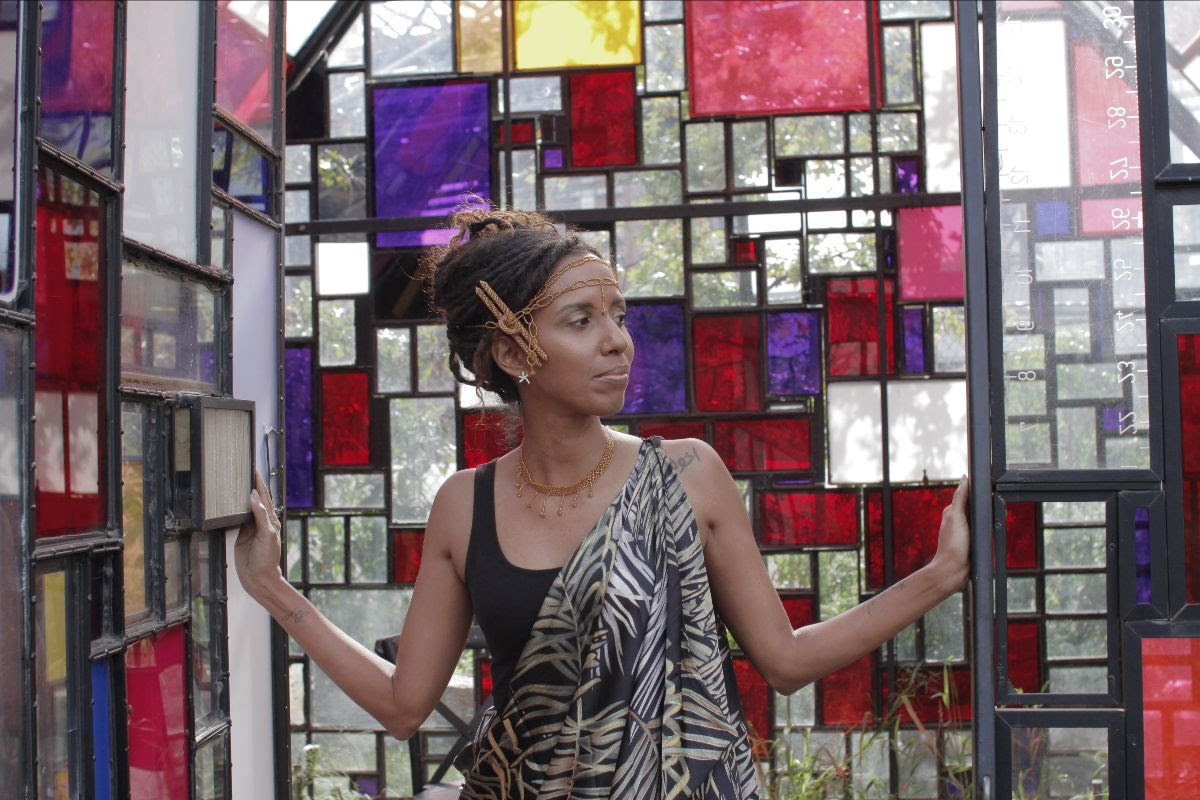Artist Maïa Lépine Creates First Rwandan Imigongo Art NFT + Featured Humbl Marketplace Launch
MPR Consulting - The African Artists Coalition is proud to announce that
Rwandan-Canadian Artist Maïa Lépine has created a series of the very
first Rwandan imigongo art* NFTs, and was subsequently chosen as a featured artist for the launch of (San Diego based) Humbl ‘s new NFT Marketplace.
An NFT is a digital token encrypted with the artist's signature on the
blockchain -- a digital ledger that is the backbone of cryptocurrencies
allowing sellers and buyers to verify authenticity and ownership.
Virtual art faces unique challenges that physical art does not, as it
can be copied and disseminated any number of times on the internet,
reducing its value. NFTs ensure that a buyer has the true original
directly from the artist. In the past month alone, top NFT platforms
have sold nearly $500 million in digital assets, according to
CryptoSlam.
|
|
|
|
|
Copyright © 2019-2021 Maïa K. Lépine - Imigongo* Art (sold in 30 min NFT)
|
|
The marketplace showcased her Strong Woman
piece on their login page, the latter selling out within 30 minutes, and
also minted six of her NFTs based off of her original artwork. In an
effort to bridge the gap between traditional African Artistry, and the
future of digital arts; Maïa Lépine who spearheads the African Artists
Coalition, utilizes her artistry to represent, celebrate and promote
Rwandan cultural heritage. African Arts being a large portion of the
World Art Market’s revenue, it was important to Maïa to pave the way for
her fellow african artists and lead by example in this ever-evolving
digital landscape.
"I paint from an emotional place. I often refer to it as my therapy
because when I paint, I lose myself in time & space - and am able to
release whatever I'm feeling, and in its stead a new creation takes
form. It provides me with an immense source of pride to be able to
continue Rwandan traditional style artistry and expose others to its
history." She explained of her art.
"My goal is not only to share my personal voice as a creative, but
also introduce an updated narrative as it relates to its country of
origin. Rwanda is SO much more colorful than its dark history. The
beauty of our human experience is that we can each share our own unique
perspective. Looking forward to sharing mine with you!” - Maïa
|
|
|
|
|
|
“My mother always
told me what being a Rwandan woman is, in a quiet power you cannot
describe but learn by watching her. She wasn't an emotional person but
she sure gave birth to an emotional daughter.” - Maïa K. Lépine (theeastafrican.co.ke )
|
|
|
Imigongo*
is an art form of painting which originated back in the 18th century in
the Province of Kibungo (southeastern Rwanda). Kakira, son of Kimenyi,
King of Gisaka was said to have invented the art of embellishing houses
and making them more attractive. To decorate his inside walls, cow dung
was used, in geometric patterns with prominent ridges. Then, the
surfaces were painted in red and white colors made from natural soil
(white from kaolin, red from natural clay with ochre), or else in
shining black made from the sap of the aloe plant - ikakarubamba - mixed
with the ash of burned banana skins and fruits of the solanum
aculeastrum plant. This art style almost died out in the mid 1990s;
however today it is thriving and doing well; providing income for
Rwandan women and their families. Imigongo artwork was (and is) mostly done by women – there are co-operatives today in Rwanda that keep the art form alive.
|
|
|
|
|
|
"A big part of the inspiration behind my pieces. Consider my style an “Imigongo Remix!" - Maïa Lépine
|
|
|


No comments:
Post a Comment